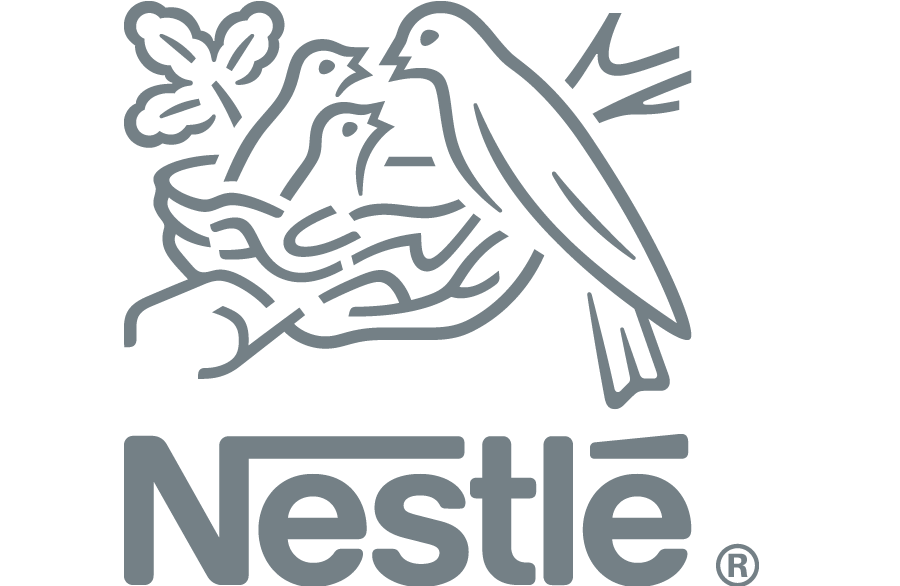At PMMI’s Executive Leadership Conference in Miami mid-March, I got to hear from David Strauss, Nestlé USA’s head of packaging. He discussed some of the current trends impacting consumer packaging and the machines that create them. Did you know that Nestlé has over 100,000 pieces of equipment in more than 430 plants globally? And the company deals with more than 4,000 packaging suppliers- so staff there knows a thing or two about the industry. Strauss shared what the new packaging landscape reality is and what opportunities lie within. The new reality:
Aging population: this is a huge topic, especially in pharmaceuticals, but really affects food and beverage packaging too. Packaging improvements should address basic functions like holding and carrying the package, reading the label, and opening and closing so that this age group can do these functions more easily.
Rising prosperity: some regions, mostly Asia, consumers really value the presentation of the package and the gifting ceremony, so there are opportunities for packagers to create a more beautiful package & experience.
New technologies: new distribution channels are here aside from brick and mortar. Ecommerce has 3 main channels: click & mortar where consumers purchase the product online but pick it up in the store; all online purchasing at a major site (think Amazon) and shopping directly at a brand like Keurig.com. The packaging may change based on where consumers purchase and how the product gets to consumers’ hands.
Digital printing is on the rise, and the benefits of this include more personalization and more impactful graphics. Other technology trends include Industry 4.0, big data and augmented reality.
Urbanization: because of a more modern lifestyle globally, on-the go, and single portions are a big trend and opportunity.
Sustainability: finding the right balance is paramount for a sustainable package that is green but still performs. In regards to lightweighting, what is the ideal weight? Too thin and the structure cannot support the product inside and too thick is a waste of materials. There are also sourcing and recycling opportunities. Better labeling on how to recycle a package is key.
Obesity: packaging can help to combat this growing issue with reclosability features, portion-control package sizing and single-serve options.
Trends in the industry and amongst consumers directly influence package shape, size, design and even how the package is purchased. What an exciting time for packagers to determine how to best satisfy consumer wants and needs in this new landscape.



Recent Comments
Custom Boxes
You are right, this is very important before...
You can find many inspiration from Instagram app...
Check out Honista app
Great Article!